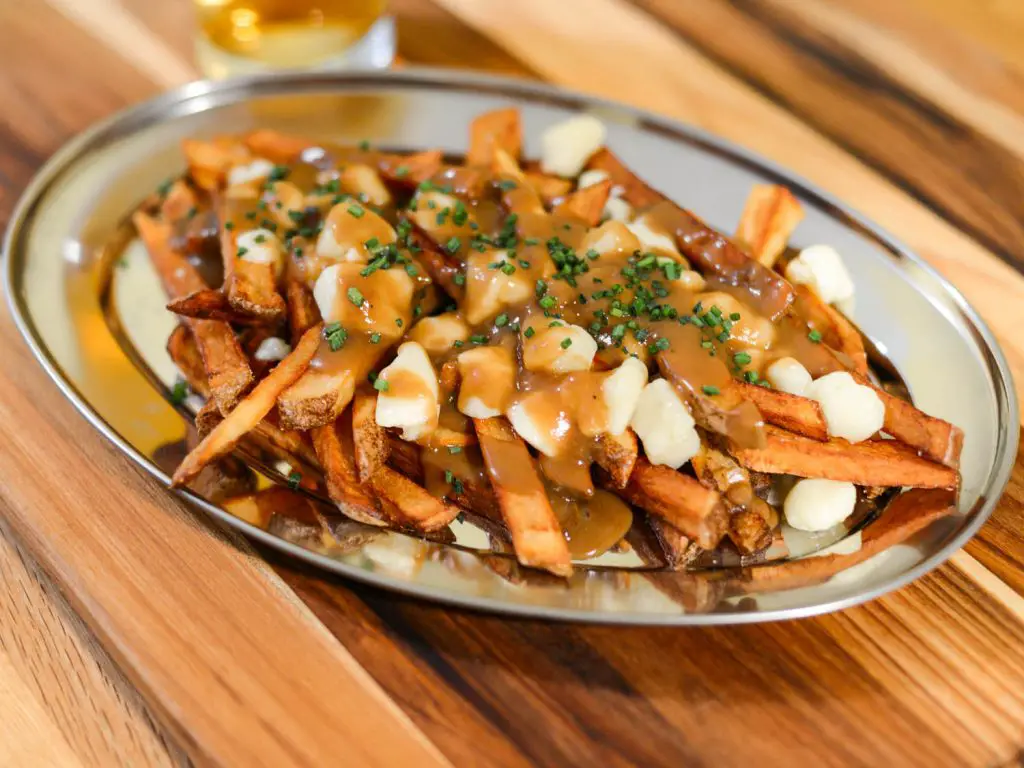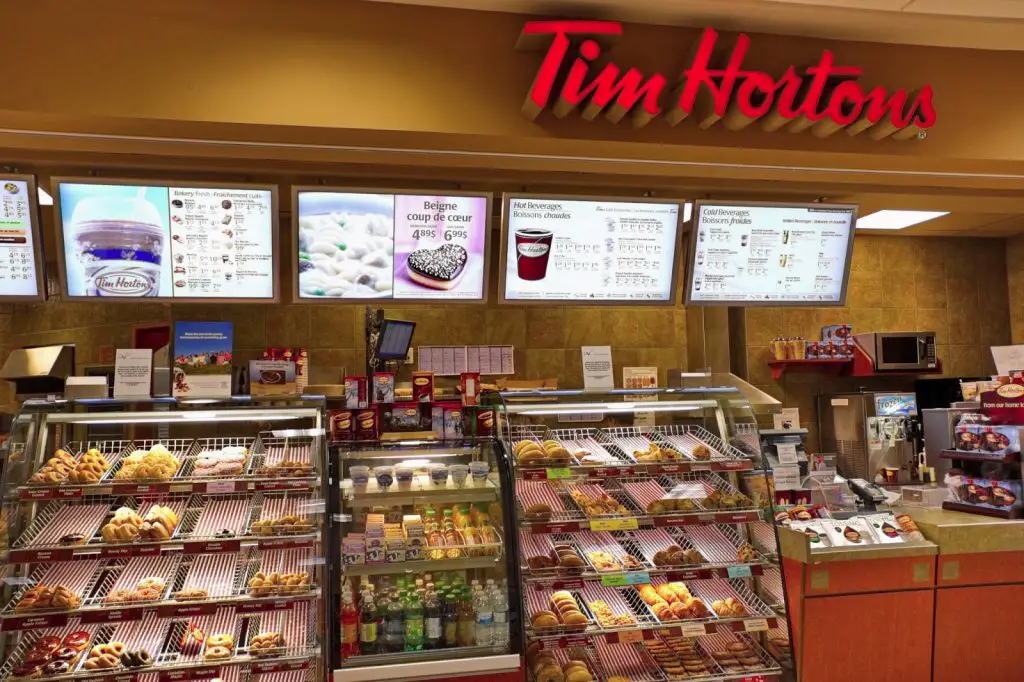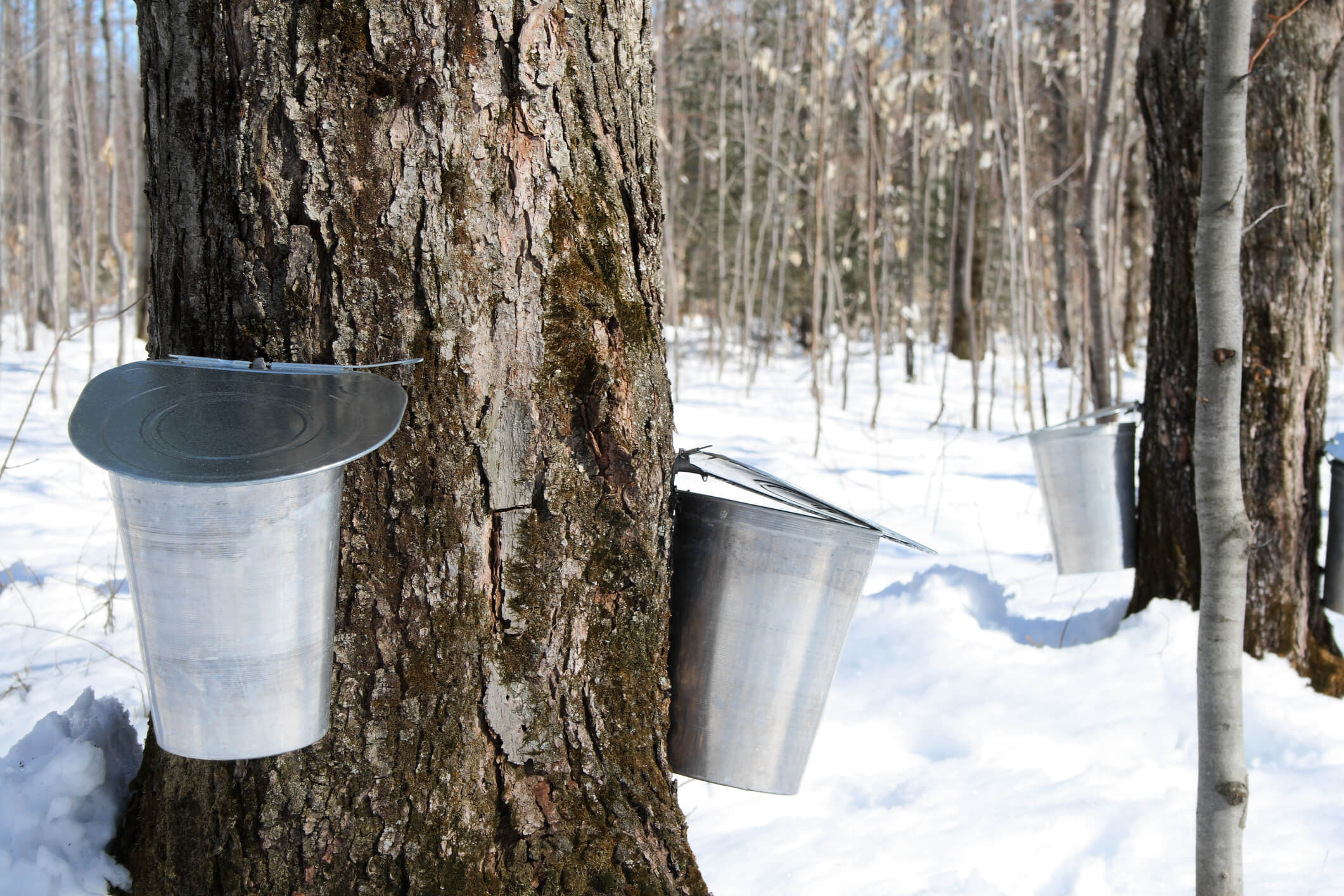Since Canadians and Americans share a border, it’s important for Americans to know and understand a little bit about their neighbors. From a national census conducted by the U.S. Census Bureau in 2012, of the 40.8 million immigrants that came to the U.S. in search of a better life for their children, eight hundred thousand Canadians accounted for 2 percent of that total population. And according to Statistics Canada, Canadian residents took almost twenty million overnight trips to the United States in 2010, up 11.1 percent from 2009.
In other words, Canadians and Americans cross paths on a daily basis, so knowing the character of the people north of your border can help you in a variety of ways. Maybe you want to take a trip up here or maybe you know a Canadian who’s new in town and want to know more about them. Whatever your reason, here are some of the most basic traits you should know about your Canadian neighbors.
1. We are polite and nice, to a fault: TOO TRUE
Canadians are notorious for their politeness and niceness. If you find yourself in a grocery store in Canada, the classic line you’ll hear from Canadians when they want to move through a tight aisle is “just gonna sneak past you there.” Sometimes, there’ll be enough room to fit two trucks, yet Canadians will still say “excuse me” to avoid alarming their neighbor casually looking at the canned goods section.
In fact, most Canucks are so polite that if you bump into one, they will probably apologize for standing in your walking space. When in doubt, Canadians err on the side of apologizing rather to avoid conflict.
For example, one time in seventh grade, in elementary school, I was leaving the school library with a group of friends. The library was a mess—chairs untucked, books haphazardly opened, garbage covering on the ground. So, as I leave the library with my friends, I bumped into a chair and, low and behold, I not only spoke to the chair, but apologized to the damn thing for being in my way.
As my story illustrates, Canadians will apologize to anything, even inanimate objects responsible for their pain. Even though my friends roared with laughter, one of them dared to admit to me that they, too, had apologized to a chair once. It’s a moment I’ve come to accept and laugh over, but I can safely say that although my apologizing-to-chairs days are well behind me, the willingness to apologize first in a conflict of interest is still ever-present and has kept me out of trouble in my relationships with others.
While the sheer amount of apologizing that Canadians do can get annoying, the tendency at least shows that Canadians are willing to apologize first in the event of a conflict. So, if you ever get into a fight with a Canadian, at least you know it will have a quick end, for the most part.
2. Canadians love poutine and maple syrup: TRUE
If you don’t, are you even Canadian? A delicacy perfected time and time again by the Québécois, Canadians love the gooey goodness of French fries covered in melted cheese curds and gravy sauce. I’m not ashamed to say that I’ve had poutine for breakfast, lunch and dinner, on separate occasions of course; it’s just that versatile of a meal. Poutine, a Québécois slang word originally meaning “mess,” is a fitting name for the dish! While there is difficulty in agreeing on an origin story for the unruly delight, most agree that the dish comes from the rural part of Québec rather than the city.

One such origin story for this dish comes from the small-town Warwick, just outside of Montréal. At the restaurant Le Lutin Qui Rit (The Laughing Elf), a regular named Eddy Lainesse asked for a bag of fries and cheese curds in a to-go bag. The restaurateur Fernand Lachance agreed, but warned Eddy: “Ça va faire une maudite poutine!” (“It will make a damn mess!”) After the event, the restaurateur incorporated the dish into the menu and the rest is history.
Like poutine, maple syrup is a little taste of heaven. I like to think of maple syrup as Frank’s RedHot—Canadians put that sh*t on everything! French toast, waffles, sausage, bacon, hot chocolate, plain bread, cake, your partner’s belly (if you’re into that sort of thing)—maple syrup enhances the taste of almost anything. While most of Canada’s and America’s maple syrup comes from southern Canada and the northern states in America, the tradition of boiling maple sap and pouring that sweet syrup onto meats or desserts to improve the taste comes from Native American tradition. Originally, Native Americans would use the sugar sap to improve the taste of venison meat. Maple syrup has since evolved to include “maple-tasting” or “maple-flavored,” syrup such as the Aunt Jemima brand, but this substitute is only mediocre at best—if you want to taste the real stuff, go for authentic maple syrup.
3. French Canadians are crazy drivers: TOO TRUE
Roads? Where French Canadians are going, they don’t need roads. The speed limit? Ask a French Canadian what a speed limit is and they’ll tell you “no English, je ne comprend pas.” Spend an hour or two driving on the highway in Montréal and you’ll think you’re driving with some of the stunt doubles in the Fast and Furious franchise.
French Canadians, especially in Montréal, are infamous for their fast driving and impatient temper to match it, even the drivers that you would least expect have a penchant for speed. When I was visiting and driving through Montréal, I felt like my senses went into overdrive. Notably, I was waiting at a red light before a gas station when an old man on a mo-ped entered my lane without so much as a look.
If you ever go to visit Québec, but especially Montréal, I would recommend flying there and then taking public transit or an Uber to get around the city—that is, unless you want to grow horns by the end of your stay there, then go ahead and try your hand behind the wheel.
4. We are hockey fanatics: TRUE
Watching Hockey Night in Canada is a family event here. Canadians love their fill of hockey—I would compare it to Americans’ love of football—and they all know Don Cherry’s assorted variety of suits on each appearance of Hockey Night in Canada.

Though there are dozens of different teams, the Toronto Maple Leafs may be the most popular squad in the country. Like many popular teams, they are divisive, with most Canucks either adamantly hating them or rabidly loving them. For fans of the Leafs, their passion stems from knowing that although they suck now, there’s hope that one day they will win the Stanley Cup again, as they did back in 1967. For naysayers of the Leafs, their usual critique is that the organization is just terrible.
Whatever their opinion on the Leafs, Canadians are, no doubt, proud of the sport’s legends, such Wayne Gretzky and Bobby Orr, and also have a place in their hearts for new talent from the younger generation, such as Sidney Crosby. Canadians far and wide respect the legacies of these brilliant players whose second home is the ice. Check out wetten.com if you want to spice it up and place a bet.
5. We pronounce the letter “z” as “zed”: HALF TRUE
Canadians are just as capable of pronouncing the letter as “zee” like you American folks down south. However, while “zee” is an acceptable pronunciation of the letter, you will hear Canadians pronounce it in the much more common way as “zed.”
The pronunciation of the letter as “zed” actually comes from the British tradition, not surprisingly, since Canada was a British colony not too long ago. Canadians also made an effort to differentiate their English from American English; however, after having declared their independence from Britain, there was an effort to distinguish their English from Britain’s also. You can hear it in the streets or online at CasinoBernie.
6. We say “eh” at the end of our sentences: TOO TRUE
Needless to say, Canadians say “eh” at the end of their sentences more often than not. We use it in the place of the word “right.” So, you could say, “You live up the street, eh.”
There’s a classic joke to remember this rule:
“How did they name Canada? It was agreed that all the letters of the alphabet would be thrown into a bag and the ones plucked out would spell the country’s name. So first came ‘C’ eh? then ‘N’ eh? and finally ‘D’ eh?”
You’ll even hear variations of “eh”: You can use it to greet someone in the place of “hey,” or if you misheard someone, instead of saying “huh,” you can say “eh.” It’s quite the versatile phrase. Justin Bieber even sang an “eh,” at the beginning of his debut song, “One Time,” into the music industry.
7. We need our coffee from Tim Hortons: TOO TRUE
Go to any workplace in Canada and you’ll find staff members enjoying their Tim Hortons coffee and donuts during their shift. Canadians can’t get enough of Tim Horton’s, and they are proud of it. However, it’s Tim Hortons’ origin story that is inspiring in its own right for small business owners.

The story of Canada’s favorite coffee and donut place begins in Hamilton, Ontario—the city I was born and raised in. In 1964, National Hockey League (NHL) Leaf legend Tim Horton envisioned the first Tim Horton as simply a coffee and donut shop—those were the only two items sold in the shop back then. The first Tim Hortons shop, though renovated after the 2014 merger with Burger King, is still open on 65 Ottawa Street in Hamilton today.
Three years later, Horton partnered with Ron Joyce, an up-and-coming businessman who once patrolled the streets of the Hammer (a lovable nickname for Hamilton) as a cop. Horton died, in 1974, in a car accident, unfortunately unable to see just how successful his coffee and donut shop would become, leaving Joyce and Horton’s widow, Lori Horton, as the new leaders of the operation. From its humble beginnings, there are now 4,613 Tim Hortons open across the globe, in places such as the Philippines, Saudi Arabia and the United States, of course. While it may not be just a coffee and donut place anymore, Canadians still support Tim Hortons because they are proud of what Tim Horton, Ron Joyce and Lori Horton accomplished with the shop—some Canadian families will even sit at a Tim Hortons on major holidays, such as Christmas.

















